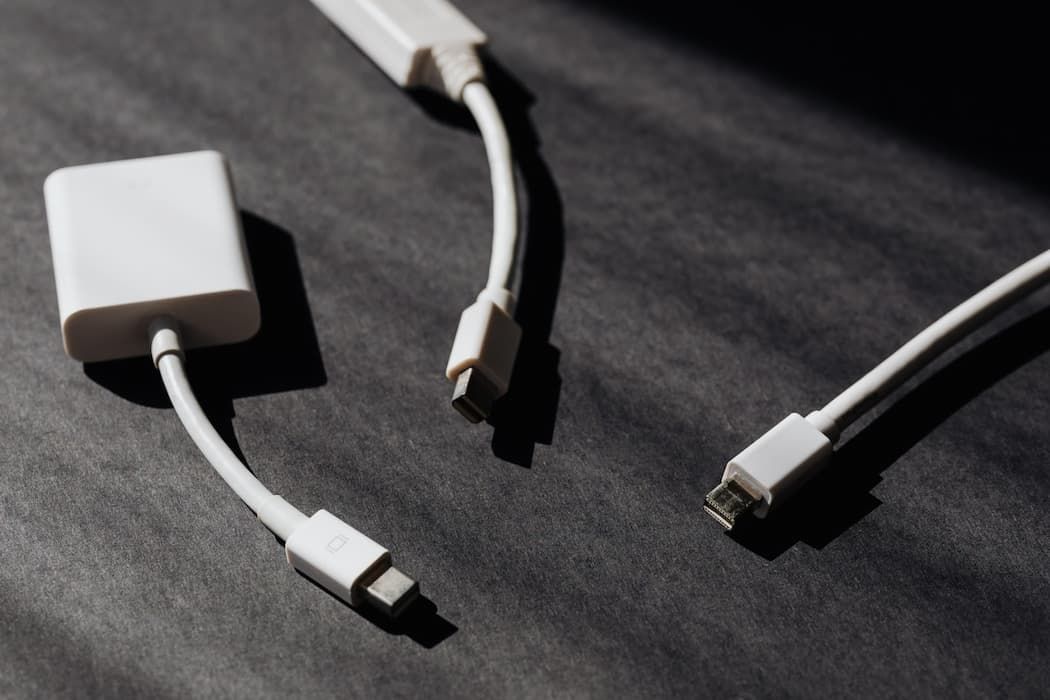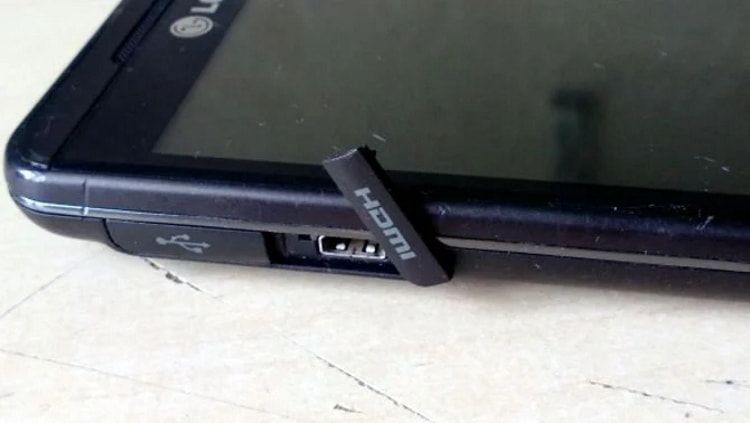How to Get Tablet Feed to Show on Tv
Your Android display probably isn't that big. Even if you're using a phablet-sized device, the display will be around seven inches at most.
Meanwhile, the TV on your wall is 40 inches or bigger. So how do you connect your phone or tablet to your TV for the ultimate big-screen Android experience?
Why Connect Your Android Phone to Your TV?
One reason is for gaming. On the big screen, mobile gaming suddenly becomes a public pastime rather than a private one—you might even stop using your game console and use your Android device for retro gaming.
The possibilities here are considerable. You might find it such a good experience that you won't want to play Android games without your TV. If so, connect a controller to your device for the best results.
Meanwhile, your photo and video collections might also prove perfect for sharing, while presentation software can take advantage of an HDMI link to your display. You might even want to use an HDMI connection to your TV for productivity purposes.
So, just how do you connect your Android device to your HDMI TV?
1. Google Chromecast
Probably the most obvious method is via the popular Google Chromecast Ultra. This is essentially a tool for streaming media—or your phone's display—directly to a TV. The Chromecast has an HDMI connector and a USB power cable (most TVs have a USB port that provides enough energy to power the device). Once paired with your Android device, it's ready to use.
All you need to do is use the Cast command in Android's pull-down Quick Settings menu, or find the icon in your favorite apps. For instance, the mobile Chrome app has a Cast option.
For full details on setting up Chromecast and streaming the content to your TV—or mirroring your games—see our comprehensive Chromecast setup guide.
2. Mirror Your Screen With an Amazon Fire Stick
Another way to wirelessly mirror your Android device's display is by using an Amazon Fire Stick. The idea here is similar to using Chromecast: you link the two devices together and "cast" the home screen to a TV. You'll then be able to view content, apps, games, and any streaming media on your TV.
The Amazon Fire TV Stick is one of Amazon's bestsellers and a far more flexible media center option than the Google Chromecast Ultra. See our guide to setting up the Amazon Fire TV Stick for more information.
3. Miracast Dongle
Miracast, a wireless HDMI system, comes built into many modern TVs. Even if your TV doesn't have Miracast compatibility, you might find that your Blu-ray player or media center does. Failing that, you can connect an inexpensive Miracast dongle to your TV's HDMI port.
To connect to a Miracast device with a device running Android 6.0 Marshmallow or newer, open Settings > Device connection > Screen mirroring and follow the steps there. For older devices, use Settings > Display > Cast screen, open the menu, and check Enable wireless display.
However, if you're still facing errors in recent versions of Android, try searching for Screencast in your settings. Once enabled, you'll surely find your device on your screen.
4. USB to HDMI

In recent years, support has improved for USB to HDMI. For this, you will need a converter to convert signals from the USB connector (either a micro-USB or USB type-C connector) to the HDMI cable and display the output on your chosen TV or monitor. You can buy a suitable USB to HDMI converter on Amazon.
Compatibility with the converters differs across devices. Some Samsung phones and tablets work with them, as do some HTC and Motorola devices, but others may not. Don't simply go out and buy a generic adapter.
Instead, search Google for "USB HDMI adapter for [Your Device]" and see what comes up. Often, the first result will take you to an Amazon page for the piece of equipment you need.
Two types are available:
- MHL: This stands for Mobile High-Definition Link and offers HD video and eight-channel surround sound. It was founded in 2010 and currently offers the superMHL specification. Devices are available with both micro-USB and USB Type-C.
- Slimport: Has low power requirements, meaning that you can connect your phone to your TV without draining the battery. Unless you're playing a game with heavy graphic requirements, of course! Fortunately, many Slimport cables feature a USB port for connecting your charger cable.
Note that other AV adapter types are available. If you don't have an HDMI TV, you might opt for a VGA-compatible Slimport cable instead.
5. Connect Your Phone as a Storage Device
Another way to connect your Android phone to your TV is as a USB storage device. While this is no good for screen sharing, it will nevertheless let you view media on your TV.
So while you can't stream video from your favorite sports app to the TV, you'll still be able to share your holiday videos. Just make sure the USB port on your TV (or other media device) is for public use, as some are limited to engineer use only. The TV's remote control should also have some media control options, so you can find the files you want to view on your phone.
Check out our guide to connecting your phone to your TV via USB for more information.
6. Stream to TV Over Your Network With DLNA
Various devices, from TVs and Blu-ray players to set-top boxes and consoles, support Digital Living Network Alliance (DLNA) guidelines. This means that, with the right app installed on your Android device, you can stream media directly to your TV.
DLNA is widely used and built-in to most devices, so you don't need any additional hardware for this. What you will need, however, is an app like BubbleUPnP, or perhaps Plex.
Download: BubbleUpnP (Free)
Download: Plex (Free, in-app purchases available)
7. HDMI Connector on Older Phones

A few years ago, several Android phones and tablets shipped with a physical HDMI-out port. These devices included the Sony Xperia S, LG Optimus 2x, LG Optimus 3D P920 (pictured), Acer Iconia A1, and others.
(You can find an almost-comprehensive list of devices with HDMI ports at GSMArena.)
Should you have one of these old devices, you'll need a special HDMI cable. These have a standard Type-A connector at one end and a suitable connector at the other. This might be Type D (micro-HDMI), Type-C (mini HDMI), or the standard Type-A.
The problem with these phones, however, is their age. You won't be able to enjoy the latest versions of Android with older hardware, and by extension, the safety and stability of security updates.
Go On, Connect Android to Your TV!
With the right hardware, you can enjoy the high-quality output of your Android phone or tablet on your HDTV. Whether gaming, looking at photos, or enjoying music, the possibilities are intriguing.
You might, for instance, run Plex for Android on your phone or tablet. Your once-personal portable media center (which might have had some LAN broadcast possibilities) is now a full-fledged media center, capable of displaying movies and TV shows on your family TV for everyone to enjoy.
Source: https://www.makeuseof.com/tag/droid-meets-hdmi-how-and-why-to-connect-your-android-phone-to-your-tv/
0 Response to "How to Get Tablet Feed to Show on Tv"
Post a Comment